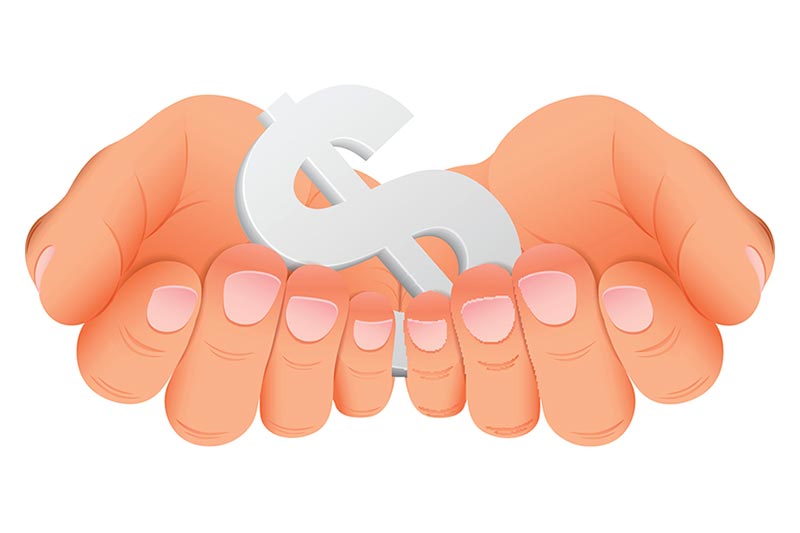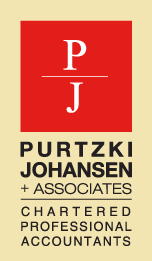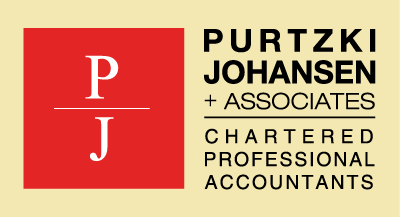
The expanded CEBA loan program provides for a $60,000 loan, of which $20,000 will be forgiven provided the loan is repaid by December 31, 2022. Businesses and professionals that have not yet applied for the original CEBA loan will be required to meet all of the new CEBA loan program criteria in order to qualify. If you have received the initial $40,000 CEBA loan, you have the ability to apply for a further $20,000 before March 31, 2021, of which an additional $10,000 will be forgiven.
The criteria for the additional $20,000 CEBA loan differ significantly from the original loan criteria. While similar rules exist requiring the funds to be used for non-deferable expenses, the program now provides strict rules as to exactly what the funds should and should not be used for. Furthermore, the expanded program requires the signing of an attestation that “knowingly submitting inaccurate information or documentation as part of the Existing Attestation or this Attestation could result in criminal penalties of up to 14 years’ imprisonment, as well as significant fines, and the court-ordered repayment of any monies advanced”.
The expanded CEBA loan defines eligible non-deferable expenses as follows:
- wages and other employment expenses to independent (arm’s length) 3rdparties;
Note: This requirement excludes any salaries paid to non-arm’s-length parties. The original $40,000 CEBA loan did not have this restriction. - rent or lease payments for real estate used for business purposes;
- rent or lease payments for capital equipment used for business purposes;
- payments incurred for insurance related costs;
- payments incurred for property taxes;
- payments incurred for business purposes for telephone and utilities in the form of gas, oil, electricity, water and internet;
- payments for regularly scheduled debt service;
- payments incurred under agreements with independent contractors and fees required in order to maintain licenses, authorizations or permissions necessary to conduct business by the Borrower;
- payments incurred for materials consumed to produce a product ordinarily offered for sale by the Borrower; and
- any other expense in a category other than the above as may be indicated on the Government of Canada Web Page from time to time as being an Eligible Non-Deferrable Expense for the purpose of the Program.
The expanded CEBA loan precludes funding being utilized for the following purposes:
- prepayment/refinancing of existing indebtedness;
- payments of dividends;
- increases in management compensation;
- increases of the compensation of related parties.
Applicants to the CEBA expansion will be required to attest to the following:
- that its business is facing ongoing financial hardship (including, for example, a continued decline in revenue or cash reserves, or an increase in operating costs) as a result of the COVID-19 pandemic;
- that it intends to continue to operate its business or to resume operations;
- that in response to the COVID-19 pandemic it has made all reasonable efforts to reduce its costs and to otherwise adapt its business to improve its viability; and
- that it has not used any loan received under the Program to make any payment or pay any expense other than Eligible Non-Deferrable Expenses. Specifically, the Borrower has not used any loan received under the Program to make any prepayment/refinancing of existing indebtedness, any payment of dividends, distributions or increases in management compensation or to increase the compensation of related parties.
It is evident from the stricter non-deferrable expense definition that many businesses that qualified for the initial $40,000 CEBA loan program will not qualify for the $20,000 CEBA expansion program.



